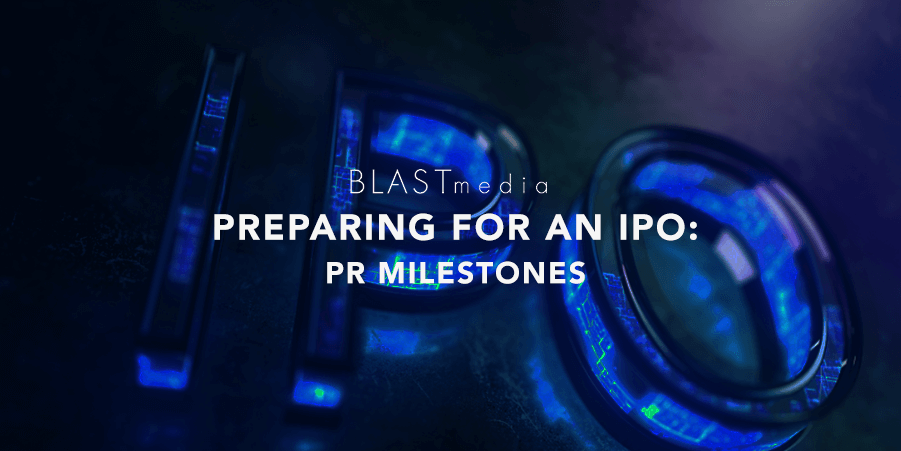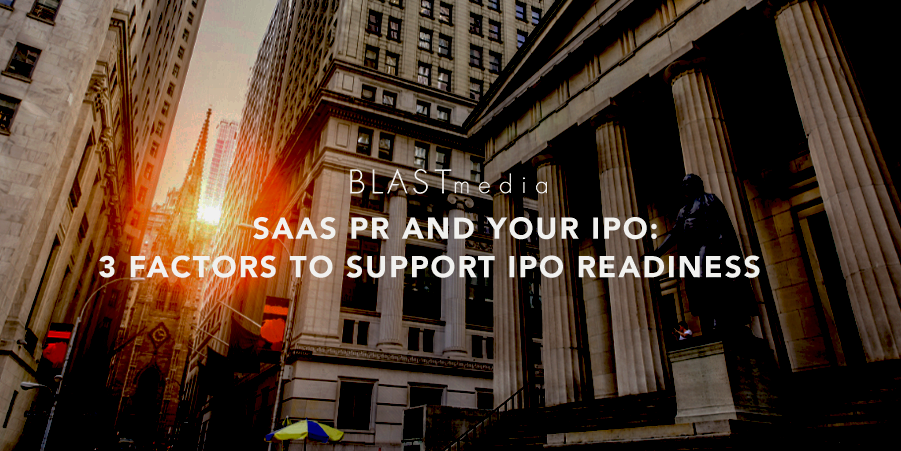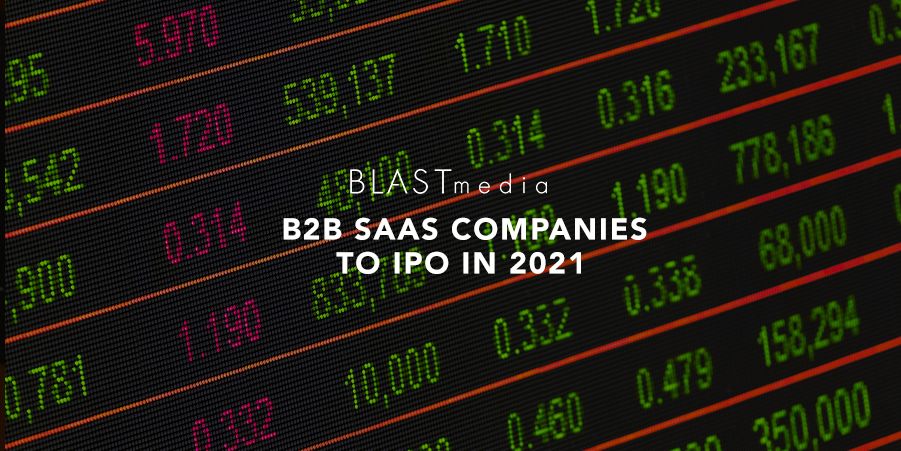We’re in the middle of an initial public stock offering (IPO) boom, with Renaissance Capital reporting a nearly 200% increase comparing the first half of 2021 to 2020. Preparing for an IPO process is an exciting time for companies, which often announce the news with fanfare. And, as we’re still working through a pandemic, positive news on growth and development feels all the more exciting.
But for SaaS PR teams, quiet periods might introduce a caveat into their IPO timelines and strategies. Mandated by the Securities and Exchange Commission (SEC), quiet periods exist to stop insider training and improperly impacting stock prices. They’re also sometimes used around quarterly earnings reports. Despite the “quiet” in quiet periods, public relations for companies going public doesn’t need to come to a screeching halt. Here’s what to understand about the process.
PR does not need to come to a halt during an IPO
If stopping all external communications is one side of the coin, the other uses a megaphone to shout audacious statements on products, trends or financial information. While there might be a scenario for either, the ideal strategy is somewhere in the middle.
Maintaining a normal course of business and communication is possible. For example, if your company has provided a “State of the Industry” report every quarter, this asset has a paper trail and is something your prospects or customers have come to expect. However, issuing a brand new announcement around a not-yet-generally available product with executive quotes on how it will revolutionize the category could generate a flood of new customers or interest. In a quiet period, that announcement may be interpreted as a ploy to pump up stock pricing.
Additionally, if reporters often interview your subject matter experts (SME), you don’t have to freeze this strategy. However, consider the topic and publication. A video interview with Cheddar will likely require disclosing financial information — avoid this! — whereas an SME speaking on the best practices of team management to an HR trade publication will likely not broach sensitive topics. Again, if this type of media engagement was a normal course of business before an IPO, it can likely continue.
PR teams should also consider requesting email interviews rather than calls to ensure all parties (marketing, legal and the executive team) fully vet responses before publishing. This tactic avoids any accidental slip of the tongue or an unexpected question from the publication.
Don’t ghost the audience that got you this far
While a quiet period is necessary for brands, your customers and prospects aren’t expecting you to disappear on them for weeks. Keep your base engaged with the activities that caught their attention in the first place, like data-driven insights that shines a light on a new trend or helps your base solve a problem and thought leadership from your SMEs.
If you’re seeking public relations for going public, BLASTmedia — the only B2B SaaS PR agency — has played a pivotal role in every step of the process. If you’re looking to learn more, say hello.





